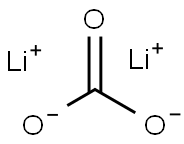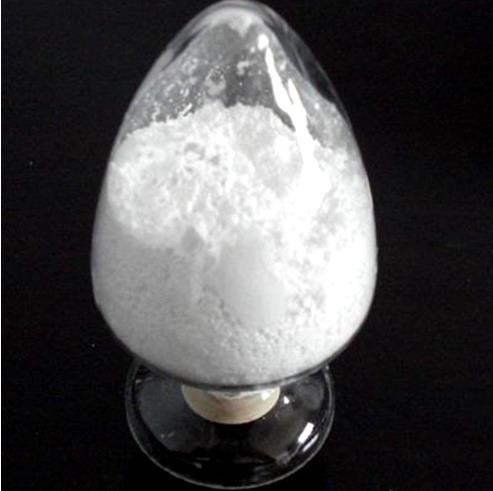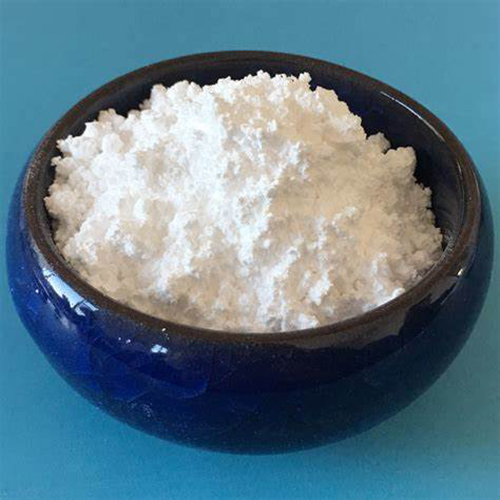Indications, Mechanism of Action, and Side Effects of the Antipsychotic Drug Lithium Carbonate
Lithium carbonate (Li2CO3) is a drug used to treat various mental disorders, including mania (feelings of heightened excitement, hyperactivity, or distractibility), bipolar disorder, and manic-depressive disorder. Lithium was discovered in 1817 and was initially used to treat gout. Elevated uric acid levels were observed in gout patients, and lithium urate is highly soluble. Therefore, lithium, in the form of lithium urate, was intended to lower uric acid. In the same context, in 1886, Danish scientist Carl Lange proposed that uric acid diathesis was a causative mechanism of cyclical depression and recommended lithium carbonate as a treatment, purportedly normalizing uric acid levels. Numerous in vitro and in vivo studies have also demonstrated lithium's significant effectiveness in preventing relapses of mood disorders.

Indications
Lithium carbonate is a cornerstone drug for the treatment of acute mania and the prevention of bipolar disorder. It is indicated as monotherapy for the acute manic and mixed episodes associated with bipolar I disorder in patients aged 7 years and older. It is also indicated for the maintenance treatment of bipolar I disorder in patients aged 7 years and older. Furthermore, studies have found that some patients treated with lithium carbonate develop hypothyroidism. Therefore, although no standardized regimen is currently approved, lithium carbonate has become a second-line treatment option for patients with hyperthyroidism.
Mechanism of Action
Lithium is a mood-stabilizing drug, but its mechanism of action is not well understood. Its effects on purinergic signaling may also contribute to its neuroprotective potential. Long-term lithium administration inhibits ATP-induced cell death by reducing ATP and increasing adenosine levels. Neurons and microglia respond to ATP treatment in vitro, resulting in ATP-mediated neuronal cell death and a microglial phenotype responsive to inflammatory conditions. Lithium treatment modulates neuronal responses by preventing cell death; however, it does not prevent the inflammatory response of microglia. This suggests that lithium's purinergic mechanism of action is more likely to occur in neurons, but the precise nature of its purinergic-based neuroprotective effects requires further investigation.
In addition, lithium inhibits inositol monophosphatase (IMPase), altering the phosphoinositide signaling system and thereby reducing the neuroexcitatory effects associated with mania. It also inhibits glycogen synthase kinase 3 (GSK-3), which can lead to neuroprotection and mood stabilization by regulating various cellular processes, including cell death. Furthermore, lithium affects the cAMP signaling pathway, promoting the production of neuroprotective factors such as BDNF and helping to restore neurotransmitter balance, ultimately contributing to its long-term therapeutic effects in bipolar disorder.
Side Effects
Common side effects of lithium carbonate include nausea, diarrhea, tremor, and thirst, which generally resolve over time, but fatigue, brain fog, and weight gain may persist. Focal segmental glomerulosclerosis may also occur due to lithium carbonate's multiple nephrotoxic effects, including nephrotic-range proteinuria. Lithium carbonate treatment, regardless of other factors, can cause profound coma even when serum lithium levels are within the expected range. Patients with manic depression who were treated with lithium carbonate for less than one year experienced progressive loss of consciousness. Furthermore, there have been reports of lithium carbonate being used to treat manic depression at a dosage of 300 mg three times daily, followed by 300 mg four times every other day. The lithium concentration stabilized at 0.8 mEq/L, and a papular, intensely pruritic dermatitis on the elbows, resembling early dermatitis herpetiformis, developed.
References:
[1] KUN CHEN. Efficacy and safety of lithium carbonate therapy in patients with hyperthyroidism[J]. Chinese Journal of Endocrinology and Metabolism, 2014, 30 1: 865-867. DOI:10.3760/CMA.J.ISSN.1000-6699.2014.10.012.
[2] ROBERT N. SANTELLA M.D. Bruce R M M D; Jeffrey M Rimmer M D. Focal segmental glomerulosclerosis in patients receiving lithium carbonate[J]. American Journal of Medicine, 1988, 84 5: Pages 951-954. DOI:10.1016/0002-9343(88)90077-0.
[3] HERRERO F A. Lithium carbonate toxicity.[J]. JAMA neurology, 1973, 43 1: 1109-1110. DOI:10.1001/JAMA.1973.03230090033007.
[4] DUBOVSKY S. Lithium: The Oldest Specific Psychotropic Medication[J]. NEJM Journal Watch, 2000, 50 1. DOI:10.1056/JP200008220000006.
[5] POSEY R. Lithium carbonate dermatitis.[J]. JAMA neurology, 1972, 26 1: 1517. DOI:10.1001/JAMA.1972.03200260053026.
You may like
Related articles And Qustion
See also
Lastest Price from Lithium carbonate manufacturers

US $1.00-4.00/KG2025-09-12
- CAS:
- 554-13-2
- Min. Order:
- 1KG
- Purity:
- 99%
- Supply Ability:
- 200000KG

US $1.00-4.00/KG2025-09-12
- CAS:
- 554-13-2
- Min. Order:
- 1KG
- Purity:
- 99%
- Supply Ability:
- 200000KG



